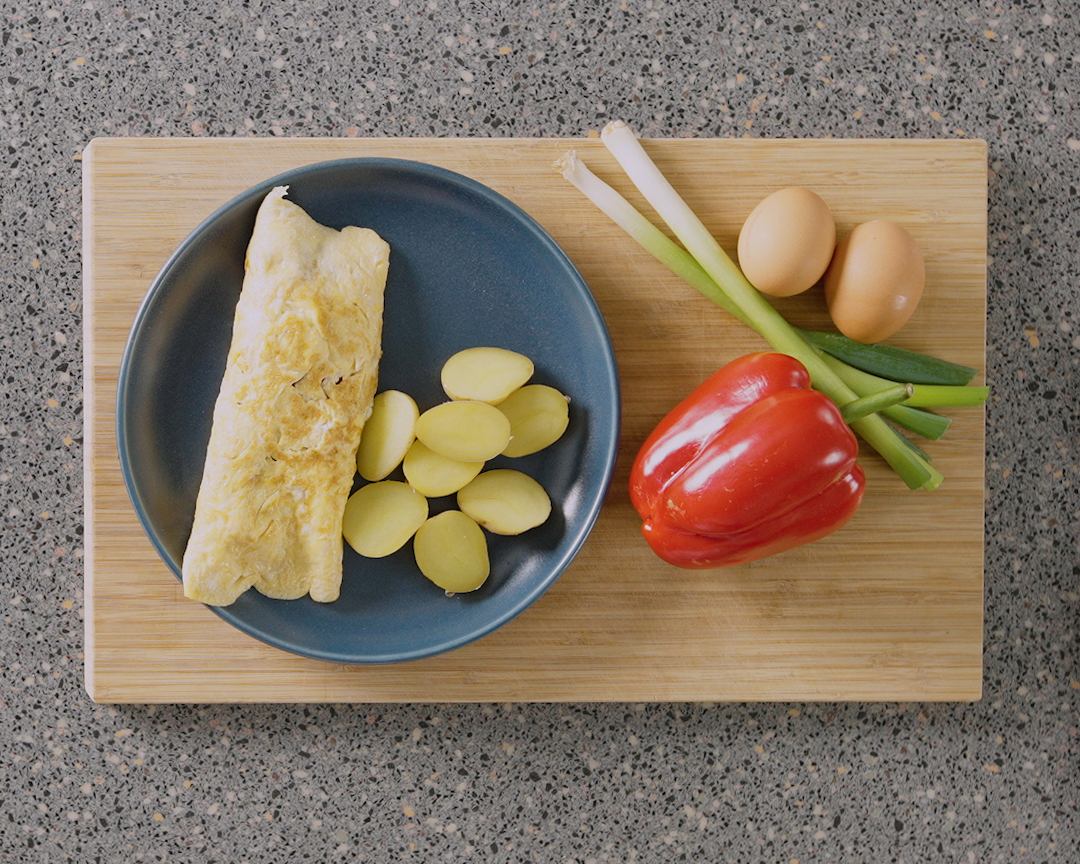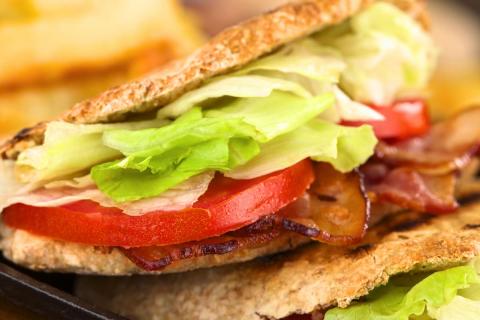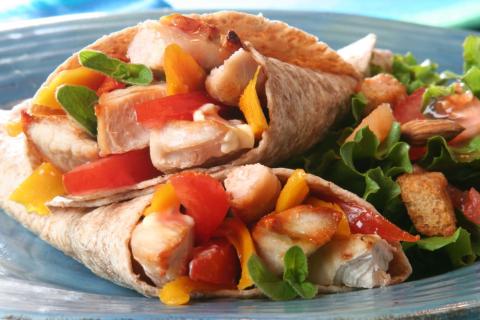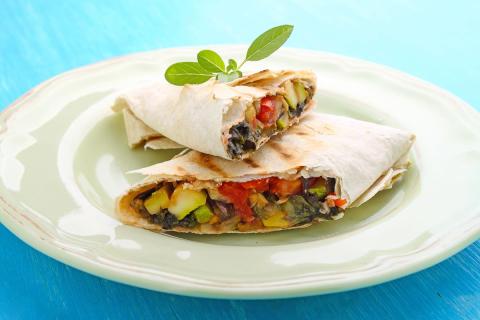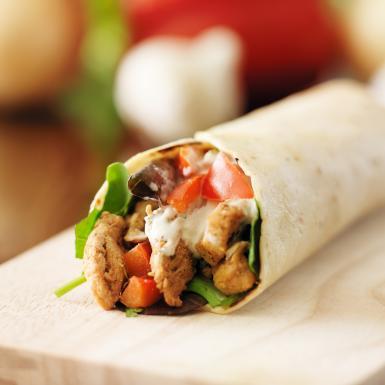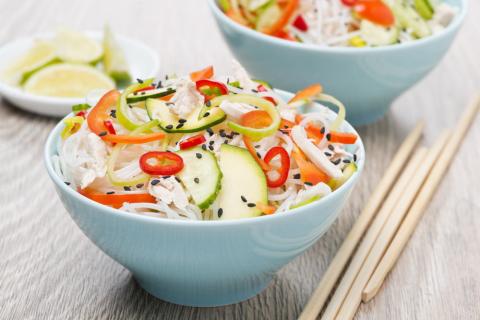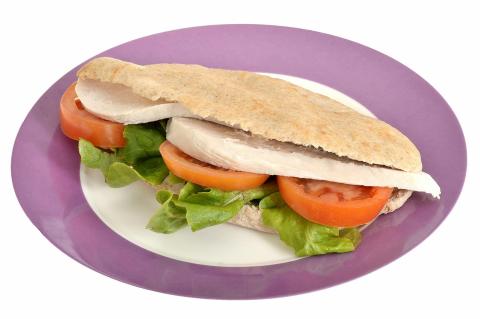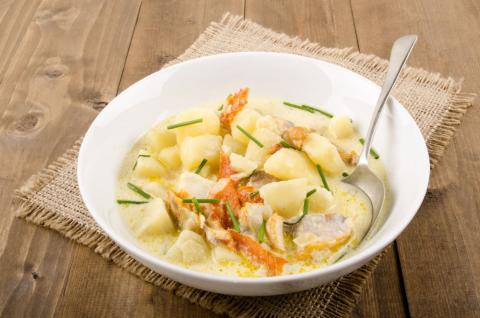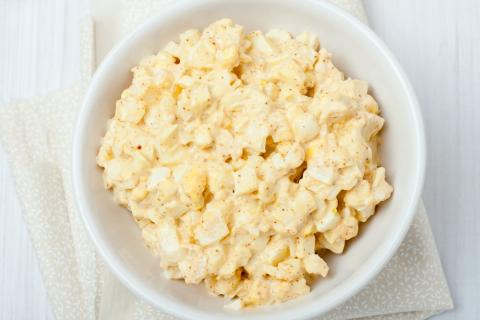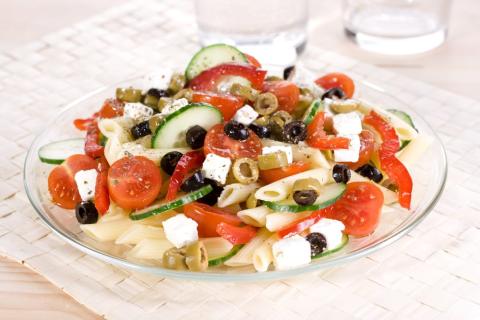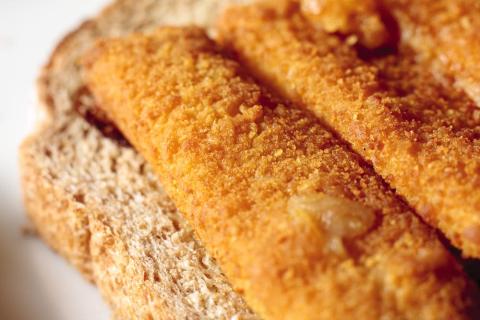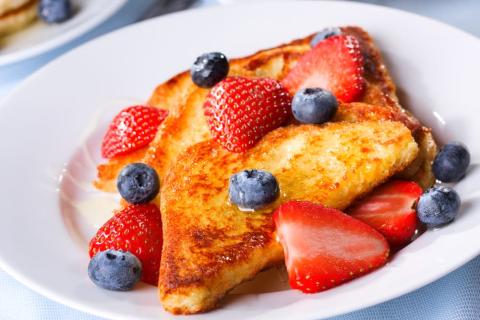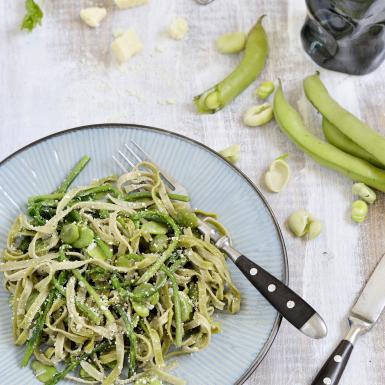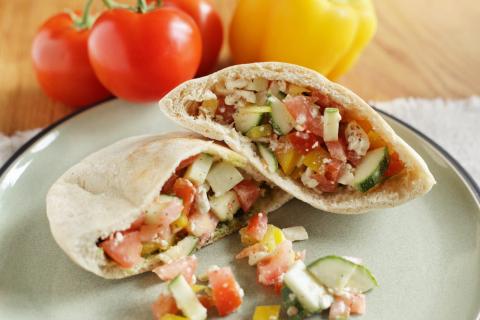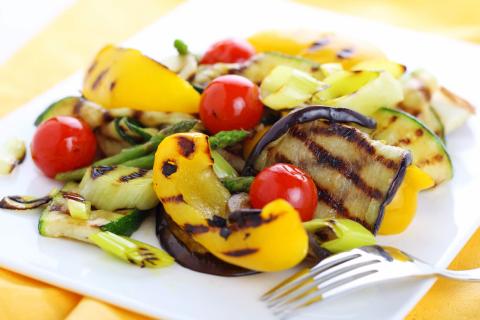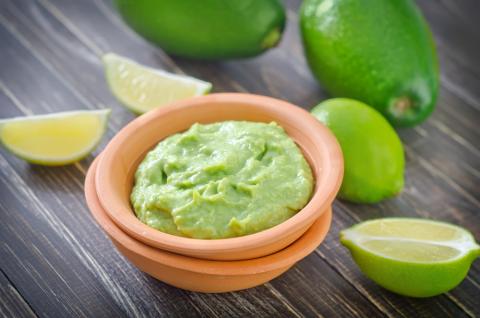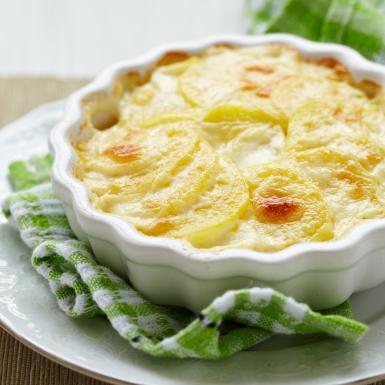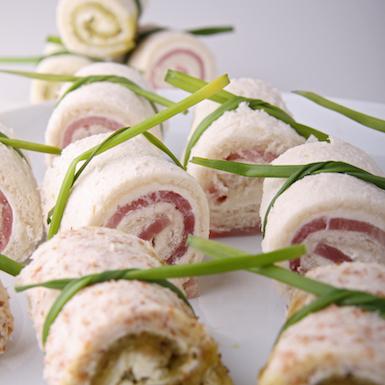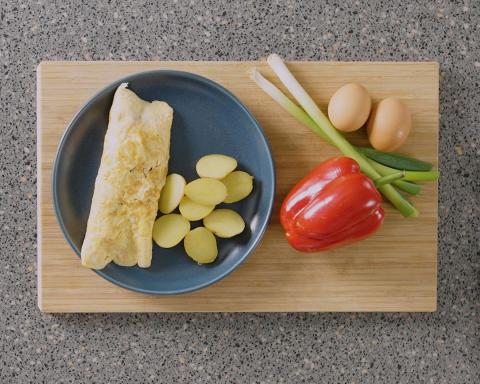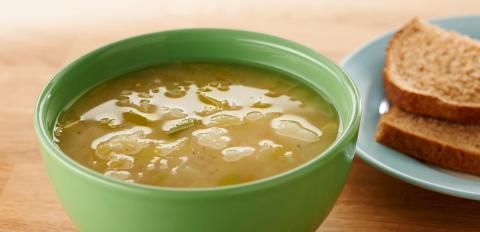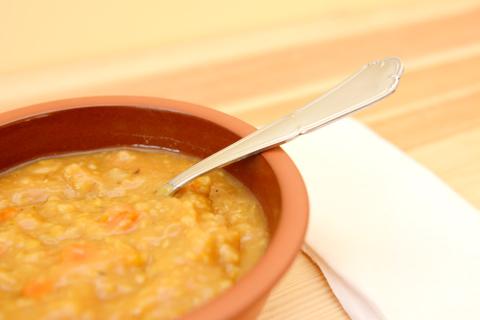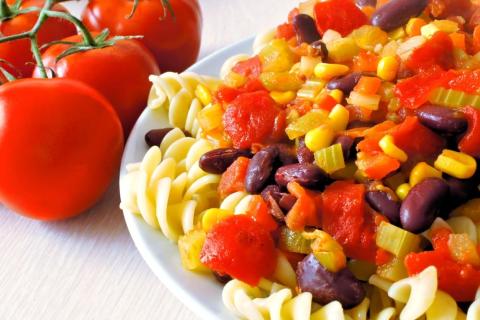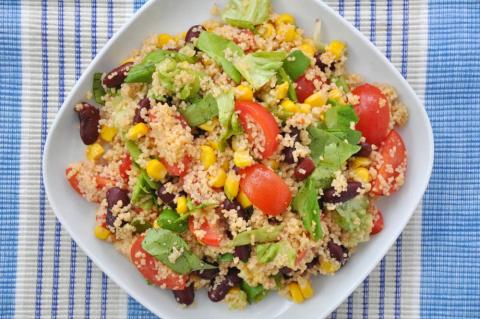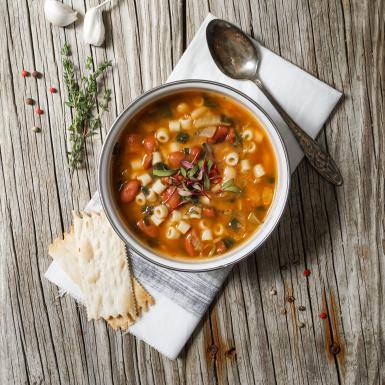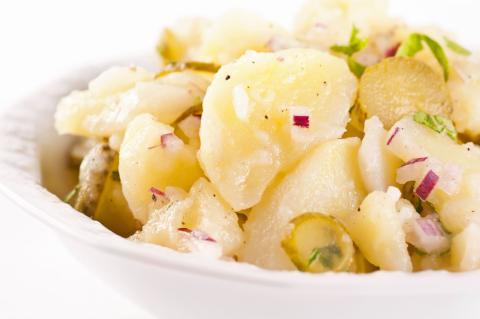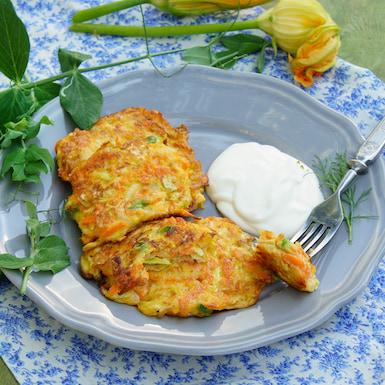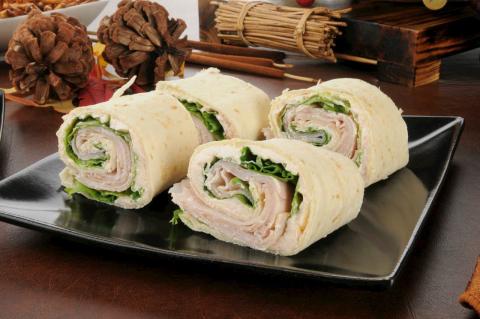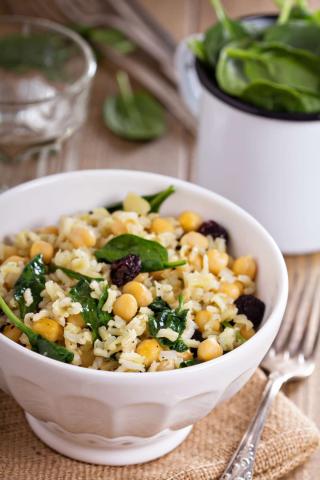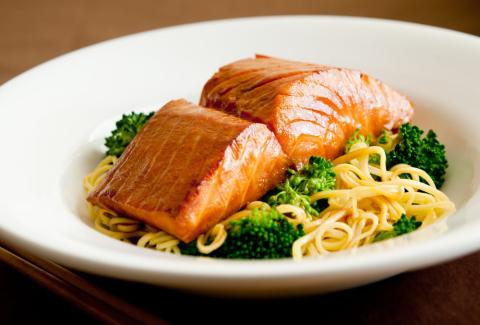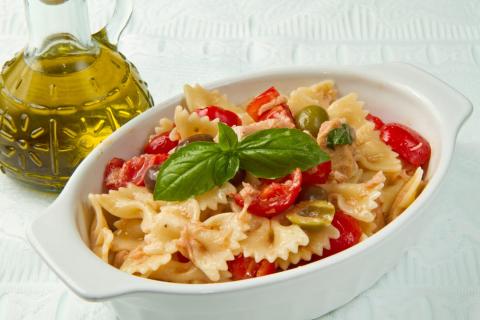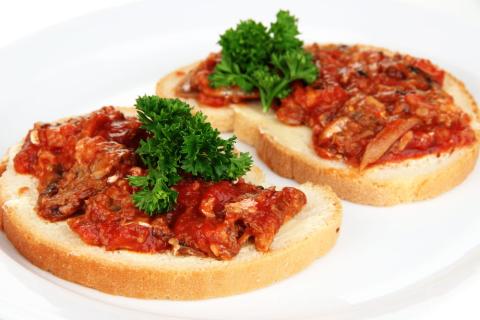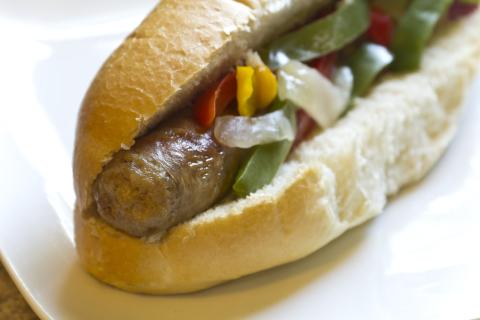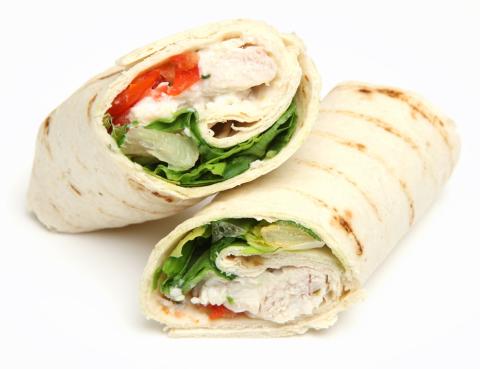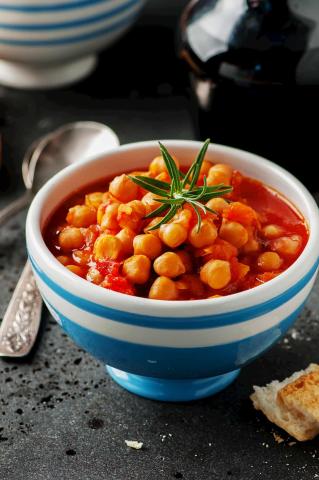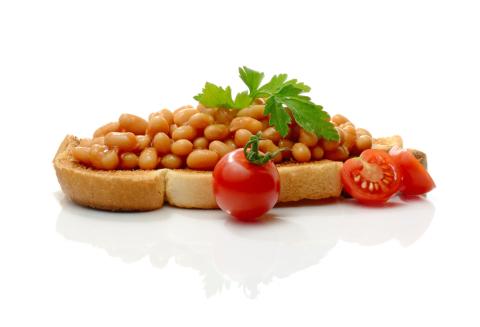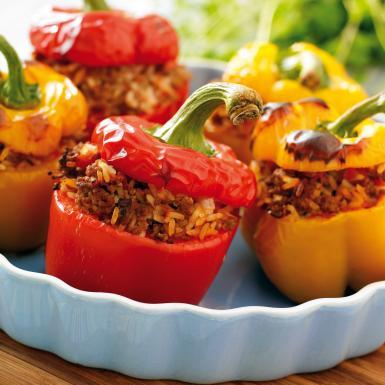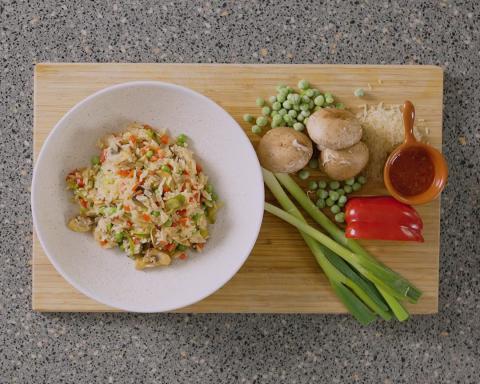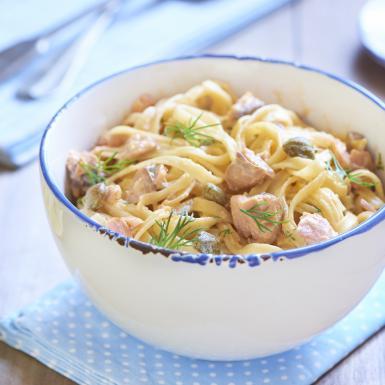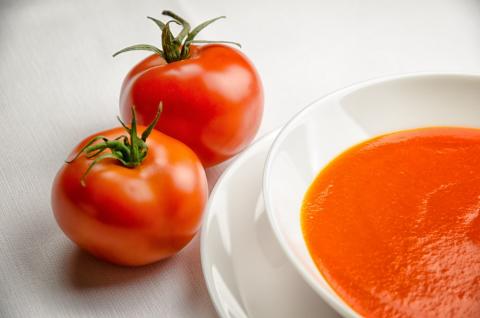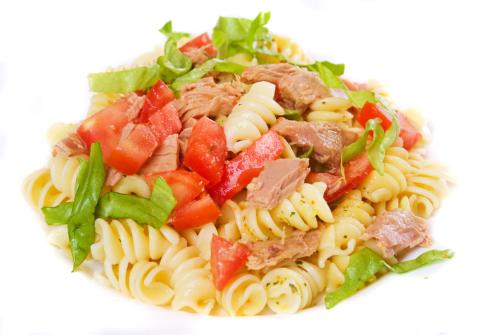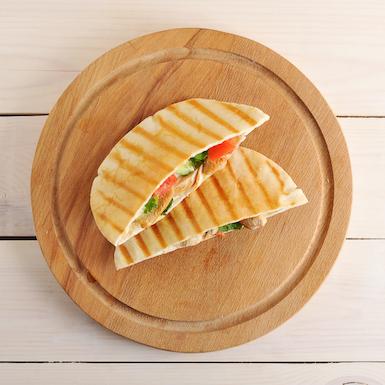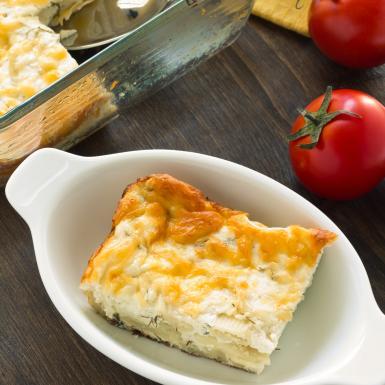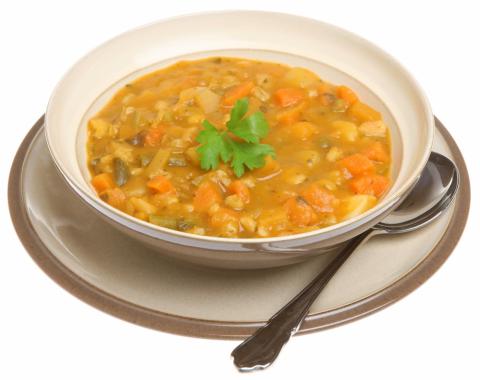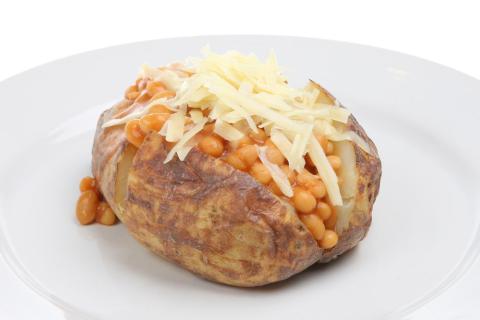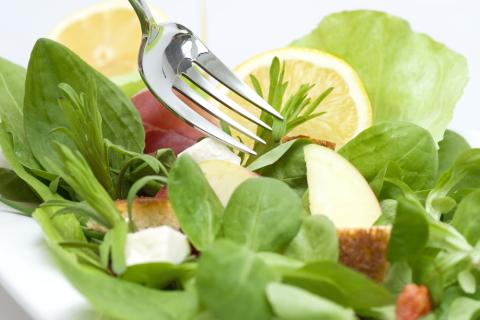- 8 Thin Slices (280g) Ham
- 4 (40g) Spring Onions
- 2 (320g) Peppers (Any Colour)
- 8 Eggs
- 4 Teaspoons (12g) Vegetable Oil
- 12 Average (480g) New Potatoes
Ingredients
Allergy Disclaimer
Always check the label of each ingredient for allergy warnings.
Method
- Wash the new potatoes, add to a pan of boiling water and simmer until tender.
- Wash the peppers and spring onions. Chop the ham, peppers and spring onions into small pieces and mix together in a bowl.
- Add 1 teaspoon of oil to the frying pan and heat to medium hot.
- Add the ham, spring onions and peppers to the pan and cook for 5 minutes then pour onto a plate.
- Crack 2 eggs into a bowl or cup and beat with a fork. Pour into the frying pan and stir until the egg starts to set.
- Turn down the heat and add one quarter of the filling.
- Cook until the egg is set then fold the omelette over in the pan.
- Repeat steps 3, 5, 6 and 7 to make another 3 omelettes. Serve hot with boiled new potatoes.
Time Saver Tips
Why not make a supersize omelette in one pan, grill to cook through, then cut into quarters? It’s so much quicker than making lots of smaller omelettes!
Cost Saver Tips
Canned ham is often cheaper than sliced ham. Or you can really make this recipe your own by adding any leftover meat or vegetables you have. A tasty way to save! You can also use any type of potato, boiled or baked - leaving the skins on can also help boost fibre - bonus!
Tips for Kids
To make this a real family favourite, you could try adding your little one’s favourite fillings – like mushrooms, sweetcorn or tuna. Or why not serve with a side salad or additional vegetables, to boost that five a day? For variety, you could swap the meat for fish or extra vegetables.
Nutritional Information
Based on a single serving of 352g (% of an adult's reference intake)
Energy
346 kcals ( 17 %)
1,457 kJ ( 17 %)
Fat
3.7 g ( 19 %)
Saturates
26.6 g ( %)
Sugar
6.3 g ( 7 %)
Salt
1.8 g ( 30 %)
Detailed nutritional information
| Per 100g | Per 352g serving | |
|---|---|---|
| Energy Kcals | 98 | 346 |
| Energy Kj | 346 | 1,457 |
| Protein | 8 g | 28.1 g |
| Total Fat | g | g |
| Saturated Fat | 1 g | 3.7 g |
| Carbohydrates | 7.5 g | 26.6 g |
| Total Sugars | 1.8 g | 6.3 g |
| NSP Fibre | 0.9 g | 3.3 g |
| Sodium | 207 mg | 729 mg |
| Salt | 0.5 g | 1.8 g |
Find out about nutritional labelling
Nutrition labels on the front of packaging
- Most of the big supermarkets and many food manufacturers display nutritional information on the front of pre-packed food.
- Front of pack nutrition labels provide information on the number of grams of fat, saturated fat, sugars and salt and the amount of energy (in kJ and kcal) in a serving or portion of a recipe.
- The labels also include information about reference intakes (expressed as a percentage) which are guidelines about the approximate amount of particular nutrients and energy required for a healthy diet.
- The colour coding tells you at a glance if the food has high (red), medium (amber) or low (green) amounts of fat, saturated fat, sugars and salt.
- The more greens on the label, the healthier the choice
- Amber means neither high nor low, so you can eat foods with all or mostly ambers on the label most of the time.
- Reds on the label means the food is high in that nutrient and these are the foods we should cut down on. Try to eat these foods less often and in small amounts.
Food shopping tips
If you’re trying to decide which product to choose, check to see if there's a nutrition label on the front of the pack. This will help you to quickly assess how your choices stack up. You will often find a mixture of red, amber and green colour coding for the nutrients. So when you're choosing between similar products, try to go for more greens and ambers and fewer reds if you want to make a healthier choice.
 Activities & Play
Activities & Play Behaviour
Behaviour Childcare
Childcare Development & Growing Up
Development & Growing Up Family, Friends & Relationships
Family, Friends & Relationships Feeding Your Baby
Feeding Your Baby Food & Eating
Food & Eating Health & Safety
Health & Safety Mental Health & Wellbeing
Mental Health & Wellbeing Money & Work
Money & Work Online Behaviour & Safety
Online Behaviour & Safety Pregnancy & First Days
Pregnancy & First Days School & Education
School & Education Sleep
Sleep

